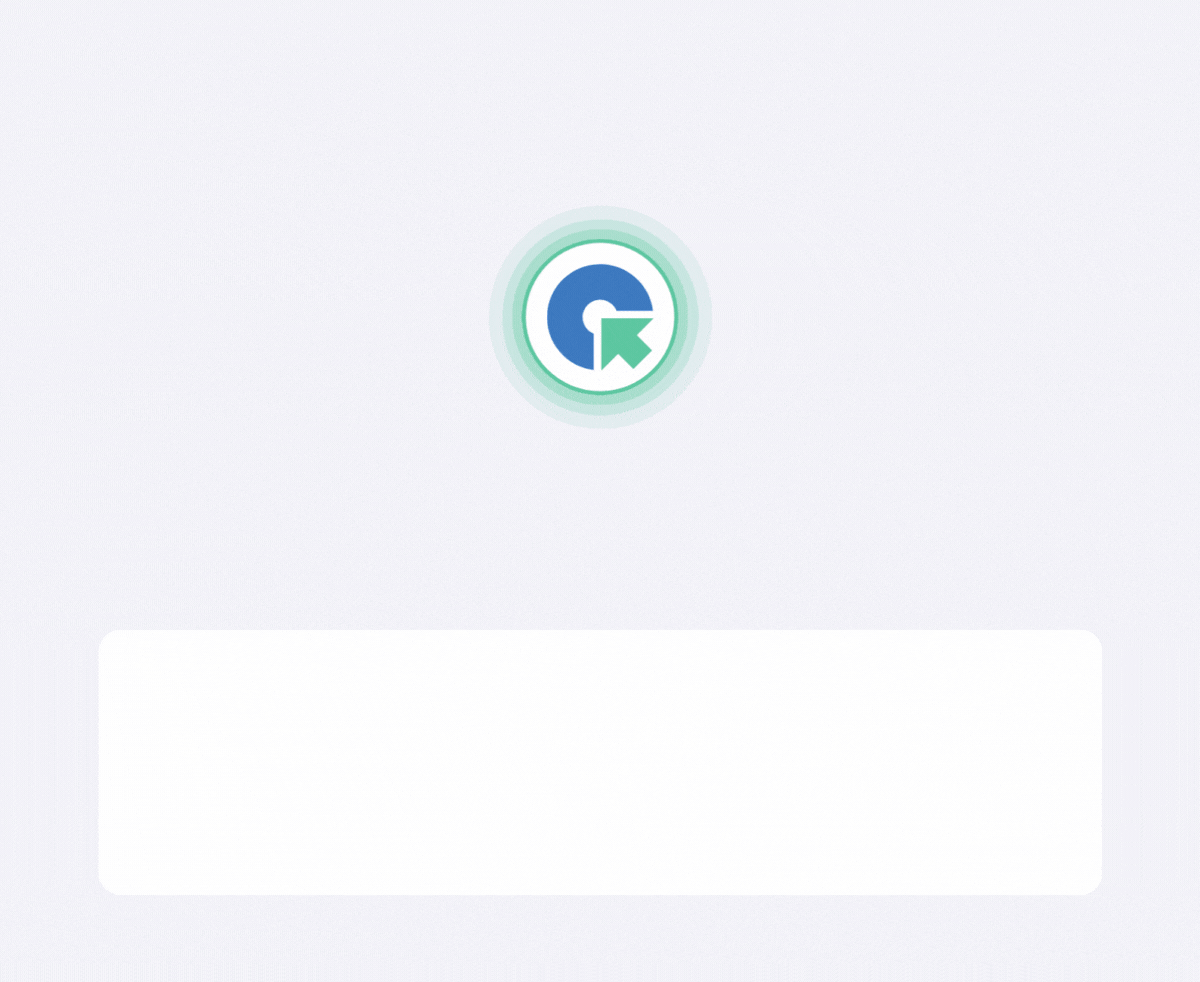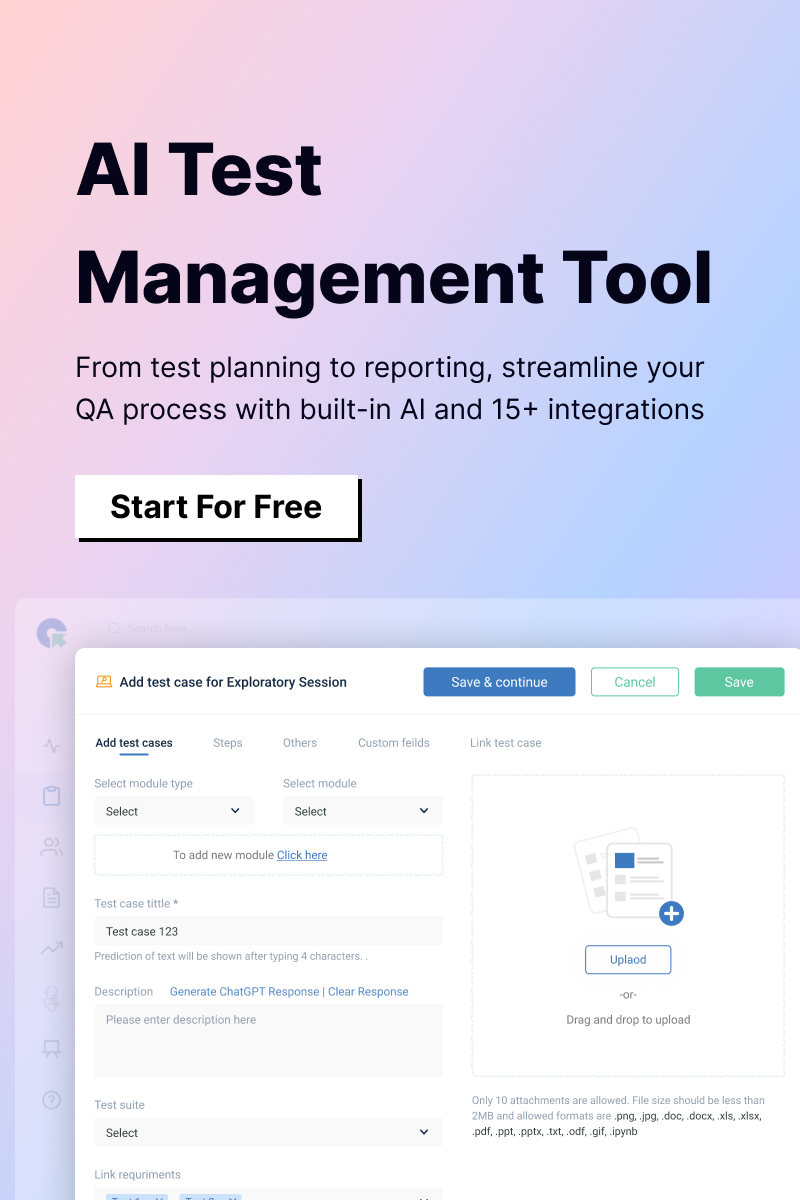The day is finally here. After months of undeterred work, we are pleased to announce to our community that QA Touch is now introduced Security testing
Security headers are important for protecting your website from cyber attacks. They help prevent issues like data theft and unauthorized access. Use this Security Headers Scan option to check if your website has the necessary security protections. Keep your site safe by ensuring these headers are properly set.
What Are Security Headers?
In today’s digital world, where web applications are constantly under threat from cyberattacks, security headers play a crucial role in safeguarding websites and users. The HTTP response headers helps to protect web applications by setting rules on how browsers should behave when handling site content.
Why Are Security Headers Important?
Security headers provide an additional layer of defense by:
Mitigating common vulnerabilities like cross-site scripting (XSS), clickjacking, and code injection.
Enforcing security policies directly at the browser level.
Helping web developers maintain data integrity and user trust.
Common Types of Security Headers
Content-Security-Policy (CSP)
Controls which resources (scripts, styles, images) are allowed to load.
Helps prevent XSS attacks.
Strict-Transport-Security (HSTS)
Forces browsers to only connect over HTTPS, preventing protocol downgrade attacks.
X-Content-Type-Options
Stops browsers from interpreting files as something else than declared, preventing MIME-type sniffing.
X-Frame-Options
Protects against clickjacking by preventing the site from being embedded in a frame.
Referrer-Policy
Controls how much referrer information is shared when navigating between pages.
Permissions-Policy
Controls which browser features (e.g., camera, microphone) can be used by the site.
How to Implement Security Headers
Security headers are typically added via your web server configuration (e.g., Apache, Nginx) or within your web application framework.
How to generate security scan report in the QA Touch
- Login to QA Touch
- Click on Security menu
- Please enter proper web site URL in the input field ex: https://example.com
- Click Scan button
- Security report will be generated










